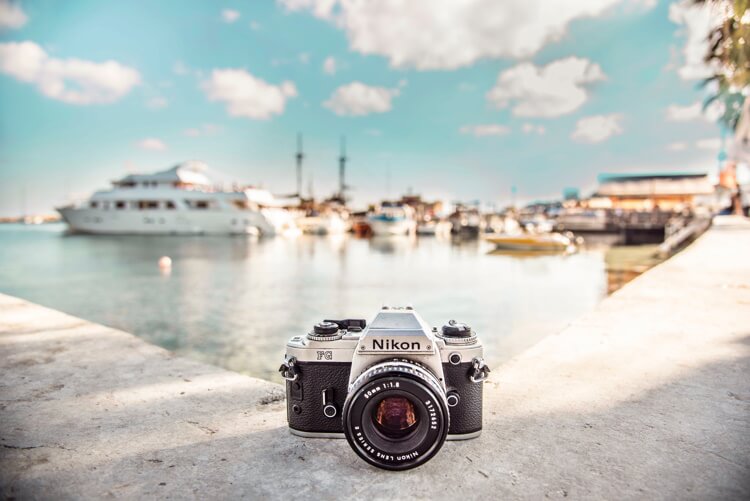Nikon is a well-known brand in the world of photography, offering a range of cameras that cater to different needs and preferences. Whether you’re a beginner or a professional photographer, Nikon has a camera that’s right for you. But with so many options available, it can be overwhelming to choose the right one.
In this Nikon camera buying guide, we’ll help you understand the different types of Nikon cameras, the key features to consider, and provide a comparison of the different Nikon camera series.
By the end of this guide, you’ll have a better understanding of the best Nikon camera for your needs.
Understanding Camera Types
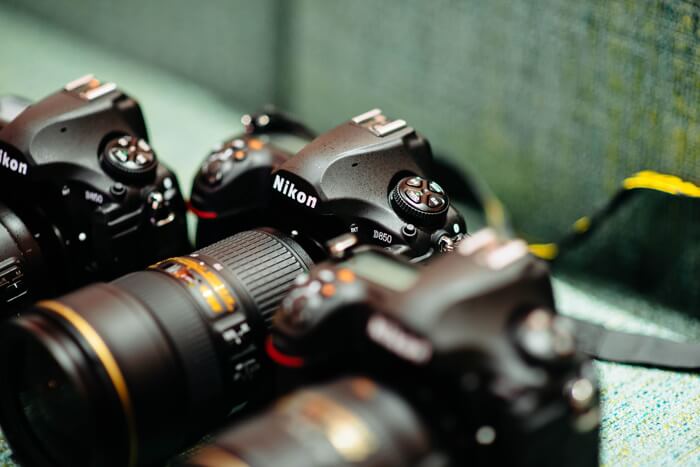
There are three main types of Nikon cameras: Point-and-Shoot, Mirrorless, and DSLR.
Point-and-Shoot Cameras
Point-and-shoot cameras, also known as compact cameras, are designed for ease of use. They’re small and lightweight, making them easy to carry around with you. They’re also straightforward to use, with most models having an automatic mode that takes care of the settings for you. Point-and-shoot cameras are great for those who want to capture memories without having to worry about technicalities.
The main advantage of point-and-shoot cameras is their compact size and ease of use. However, they do have some drawbacks. They typically have smaller sensors and lenses, which can limit image quality. They also have fewer manual controls, making it more challenging to achieve creative shots.
Mirrorless Cameras
Mirrorless cameras are a relatively new type of camera that have gained popularity in recent years. Unlike DSLRs, they don’t have a mirror that reflects light onto the sensor. Instead, they have an electronic viewfinder that shows you a live preview of the image.
Mirrorless cameras are smaller and lighter than DSLRs, making them ideal for travel and street photography. They also have faster autofocus, making them well suited for capturing fast-moving subjects.
The main advantage of mirrorless cameras is their size and speed. However, they do have some limitations. They typically have fewer lens options compared to DSLRs, and battery life can be an issue.
DSLR Cameras
DSLR cameras have been around for many years and are still a popular choice for many photographers. They use a mirror to reflect light onto the sensor, which allows you to see the image through the viewfinder.
DSLRs are more versatile than point-and-shoot cameras, offering a wide range of lenses and manual controls. They’re also better suited for low-light photography, as they have larger sensors and better image stabilizationisation.
The main advantage of DSLRs is their versatility and image quality. However, they are bulkier and heavier than point-and-shoot and mirrorless cameras, making them less ideal for travel.
Key Features to Consider
When choosing a Nikon camera, there are several key features to consider. These include megapixels, lens compatibility, and shooting modes.
Megapixels
Megapixels determine the resolution of your images. The higher the megapixel count, the more detailed the image will be. However, it’s essential to keep in mind that megapixels aren’t the only factor that affects image quality. The size of the sensor and the quality of the lens also play a significant role.
Lens Compatibility
The lens you use on your camera is crucial to the quality of your images. Nikon offers a range of lenses, including standard zoom lenses, wide-angle lenses, and telephoto lenses. When choosing a Nikon camera
it’s important to consider the lens compatibility, as some Nikon cameras have different lens mounts. Make sure to choose a camera that’s compatible with the lenses you need for your photography.
Shooting Modes
Different Nikon cameras offer different shooting modes, ranging from auto mode to manual mode. If you’re new to photography, you may want to choose a camera that has an auto mode, as this will take care of the settings for you. If you’re more experienced, you may want a camera that has manual controls, so you can have more creative control over your images.
Nikon Camera Series Comparison
In this section, we’ll provide a comparison of the different Nikon camera series, including the Nikon Coolpix, Nikon Z, and Nikon D series.
Nikon Coolpix
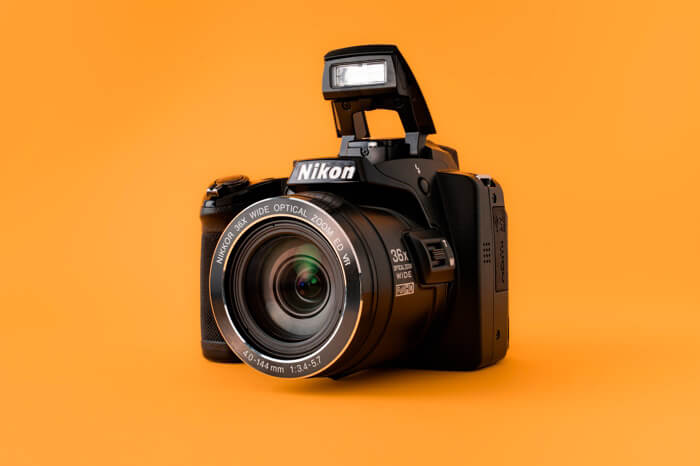
The Nikon Coolpix series is a range of point-and-shoot cameras designed for everyday use. They’re small, lightweight, and easy to use, making them ideal for those who want to capture memories without having to worry about technicalities.
The Nikon Coolpix series offers a range of features, including automatic shooting modes, built-in WiFi, and touchscreens. They’re also affordable, making them a great option for those who are just starting out with photography.
Nikon Z Series
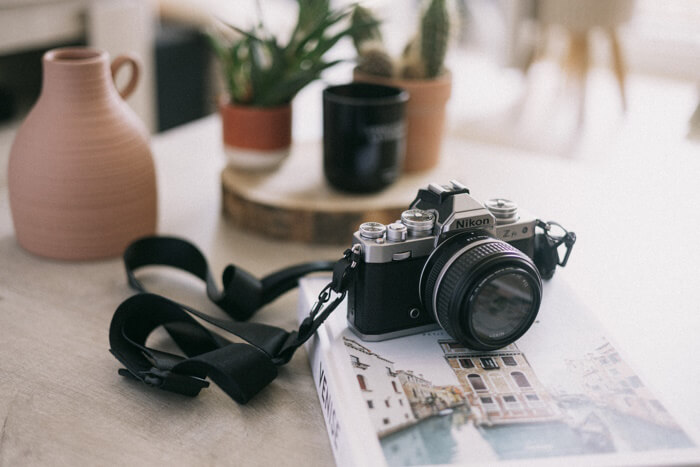
The Nikon Z series is a range of mirrorless cameras designed for professional photographers. They offer fast autofocus, high-quality images, and a range of manual controls.
The Nikon Z series also offers a range of lenses, including standard zoom lenses, wide-angle lenses, and telephoto lenses. They’re also smaller and lighter than DSLRs, making them ideal for travel and street photography.
Nikon D Series
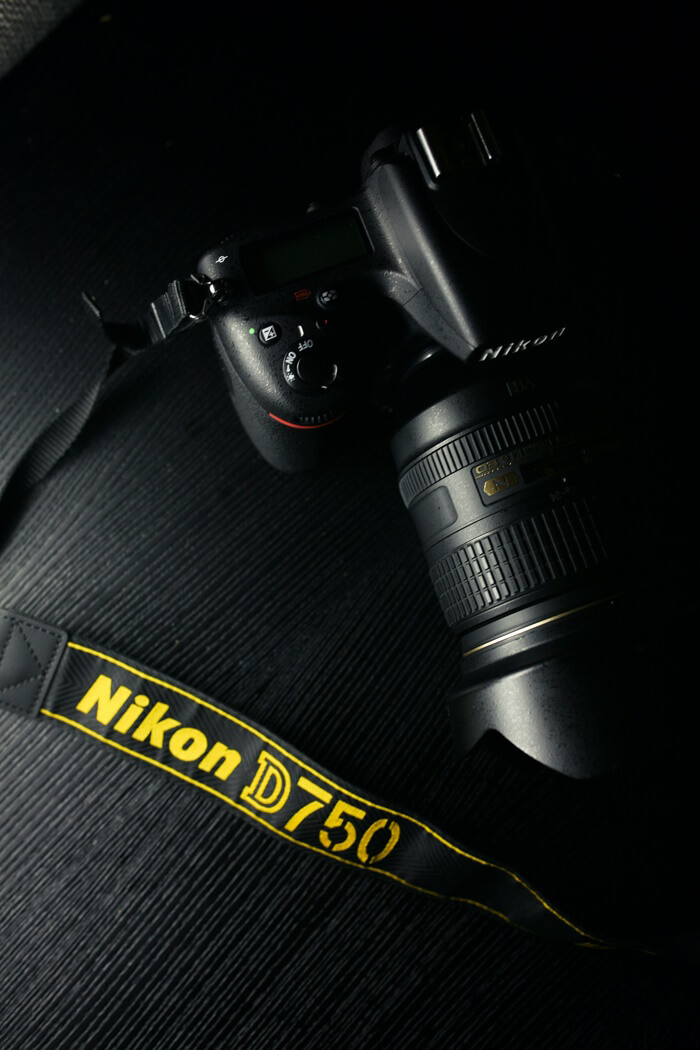
The Nikon D series is a range of DSLRs designed for professional photographers. They offer high-quality images, a range of manual controls, and compatibility with a wide range of lenses.
The Nikon D series also offers advanced features, such as high-speed shooting, image stabilization, and weather sealing. They’re bulkier and heavier than mirrorless cameras, but they’re well-suited for low-light photography and shooting in challenging conditions.
Final Thoughts on the Nikon Cameras
In conclusion, choosing the right Nikon camera for your needs depends on your photography style and preferences. Consider the type of camera, key features, and different Nikon camera series before making a decision. By considering these factors, you’ll be able to find the perfect Nikon camera for you.
Is it necessary to have a high-end Nikon camera for professional photography?
Not necessarily. While high-end Nikon cameras offer advanced features and manual controls, you can still produce professional-quality images with a mid-range Nikon camera. The important thing is to choose a camera that fits your photography needs and style.
What should I consider when choosing a Nikon camera?
When choosing a Nikon camera, consider the type of camera (point-and-shoot, mirrorless, or DSLR), key features, and different Nikon camera series. Think about your photography style and what you want to achieve with your camera.
What’s the difference between the Nikon Coolpix, Nikon Z, and Nikon D series?
The Nikon Coolpix series is a range of point-and-shoot cameras designed for everyday use. The Nikon Z series is a range of mirrorless cameras designed for professional photographers, while the Nikon D series is a range of DSLRs designed for professional photographers. Each series offers different features, so consider what you need for your photography before making a decision.
Can I use a Nikon camera for low light photography?
Yes, you can. The Nikon D series is well-suited for low light photography, as they offer advanced features such as image stabilizationisation and high-speed shooting. However, you can also achieve good results with a Nikon Z or Nikon Coolpix camera if you choose the right settings.
What is the best Nikon camera for a beginner photographer?
The Nikon Coolpix series is a great option for beginner photographers, as they’re easy to use and affordable. They also offer automatic shooting modes and built-in WiFi. However, you can also consider a Nikon Z or Nikon D camera if you’re looking for more advanced features.
